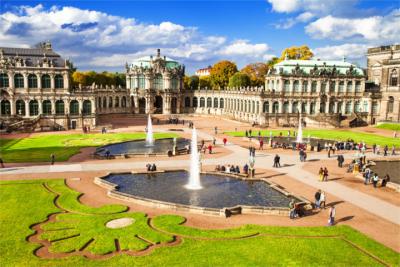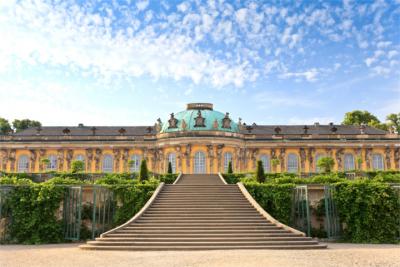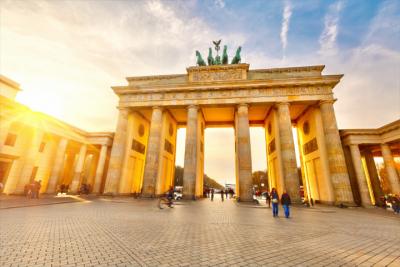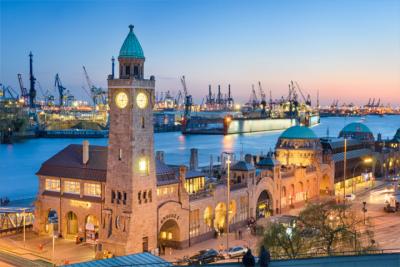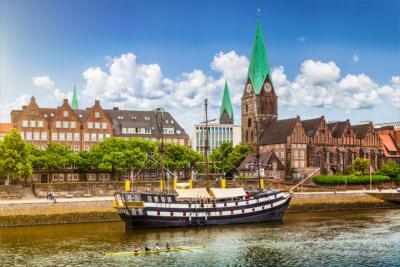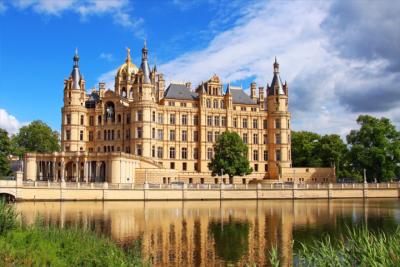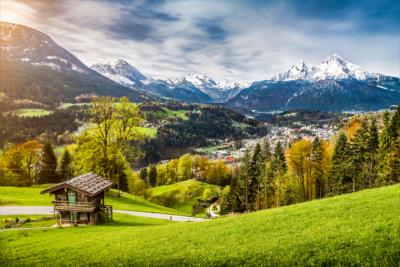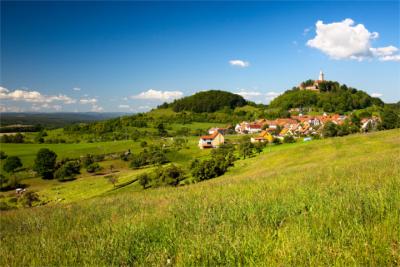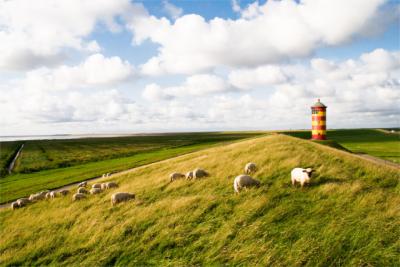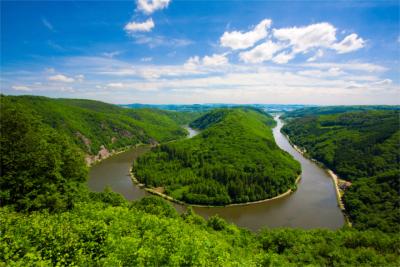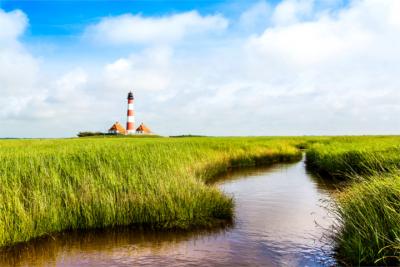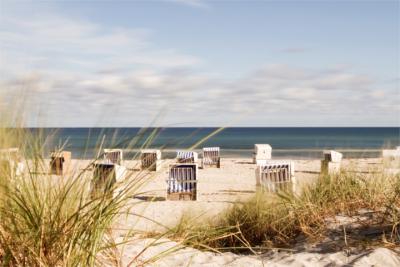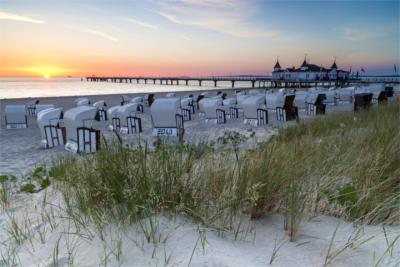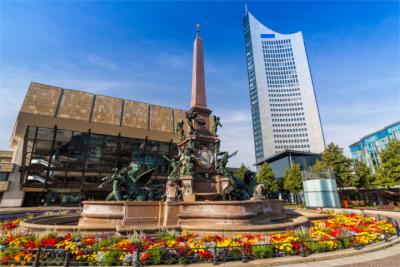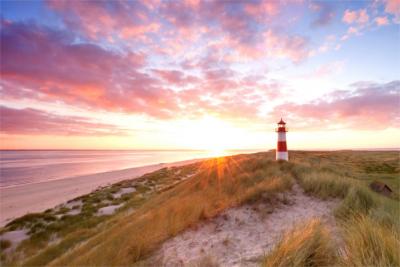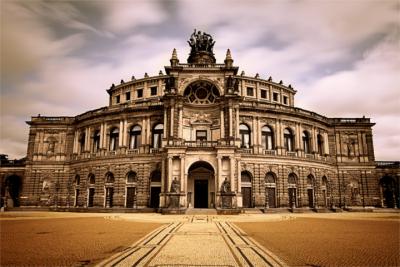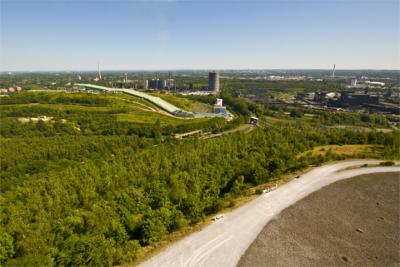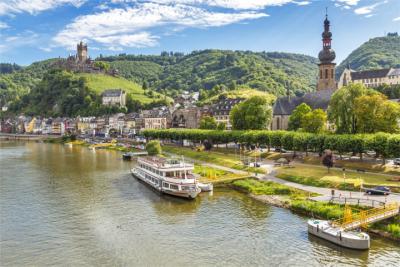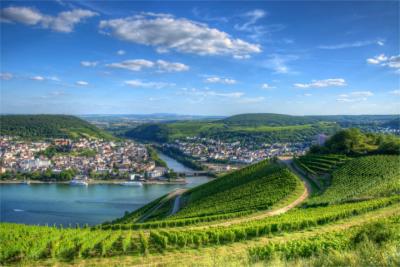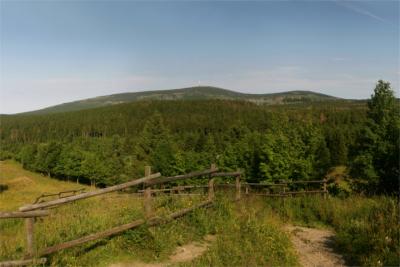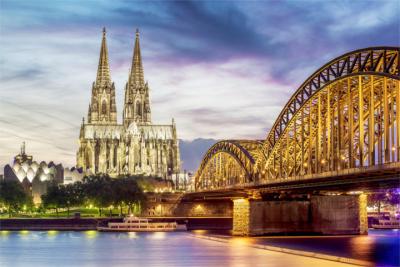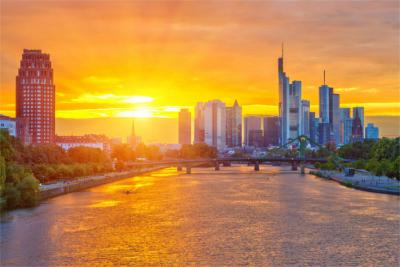Travel Offers
Travelmyne Featureprint
Distance
Hamburg - Port City between Tradition and Modernity
The nightlife in Hamburg is legendary - the Reeperbahn and St. Pauli are known across the German borders. But the Hanseatic City offers many more highlights. It is the world' third biggest musical location, has impressive architecture, numerous theatres and museums and is a particularly attractive destination for water sports fans.

Geography - Germany's largest seaport
The Free and Hanseatic City of Hamburg has a population of almost two million people, which makes it the second biggest city in Germany. Hamburg is both a city and a state and has an area of 755.3 km². Together with the surrounding region, the city constitutes the Hamburg Metropolitan Region with around five million inhabitants. The city is divided into the seven districts of Altona, Eimsbüttel, Nord, Mitte, Wandsbek, Bergedorf and Harburg. It has the greatest seaport in Germany and the second greatest in the whole of Europe. The North Sea islands of Neuwerk, Scharhörn and Nigehörn as well as the Hamburg Wadden Sea also belong to Hamburg. The city lies in the warm temperate climate zone with influences from a maritime west wind. This wind is the reason why the winters are slightly milder and the summer somewhat cooler.

Nature - Tranquillity and relaxation in Hamburg's parks
Hamburg lies in the north of Germany at the mouth of the rivers Bille and Alster and the Lower Elbe. About 100 kilometres further north, these rivers issue into the North Sea. The city is very rich in waters with many streams, canals and lakes. Popular lakes are Öjendorfer See, Alte Süderelbe, the Außenalster ("Outer Alster"), the Binnenalster ("Inner Alster"), Boberger See, Neuländer See and Stadtparksee. Between the Binnenalster and the Außenalster you see the Fleetinsel. It is enclosed by canals and can be reached via two bridges. Although the city is densely built up, there is a number of parks such as the Planten un Blomen, the Hirschpark ("deer park") and the Stadtpark ("city park"). Other popular natural attractions are the Volkspark, a local recreation area and the Duvenstedter Brook, which has been a nature reserve since 1958.

Culture - From the Gründerzeit to modern times
Hamburg was first mentioned in a document in the 7th century. Around 1241, it founded the Hanseatic League (Hanse) together with Lübeck. Since then, the Free and Hanseatic City has developed into one of the most important trade and industrial cities in Germany and is also one of the country's most attractive tourist destinations. This is probably due to its many sights and cultural facilities. The best-known examples are Hamburg's landmark St. Michael's Church (called "Michel"), the Chilehaus ("Chile House"), the Alsterarkaden, St. Mary's Cathedral, the Altona Fish market and the old warehouse district called "Speicherstadt". Hamburg is the third biggest musical location on earth after New York and London. It has over 60 museums and theatres. Worth visiting are the Ernst Barlach House, the International Maritime Museum, the Hamburger Kunsthalle (an art museum), the Altonaer Museum (a museum of art and cultural history), the Deichtorhallen (an art centre), Spicy's Gewürzmuseum (a spice museum) and the Archaeological Museum. There is also a lot to see and experience for families with children, for example in the Hamburg Dungeon, the Miniatur Wunderland ("miniature wonderland"), the Planetarium, the Panoptikum (a wax museum) and the Zoological Museum. Other highlights are the city's many monuments. The Beatles Platz ("Beatles Square") with the monument commemorates the visit of the legendary British band. The Heidi-Kabel-Platz, the Bismarck Monument, the Störtebeker Memorial and the Madonna der Seefahrt are equally worth seeing. Peterstraße impresses with detailed replicas of residential houses from the 17th century, which add the final touch to the city's fantastic architecture.

Experience - Legendary specialities, parties and shopping
The Reeperbahn is the most famous street in Hamburg. It is a world-famous red light and entertainment district. There are many other popular party miles which make Hamburg's nightlife a special experience. Examples are the Schanzenviertel (short "Schanze"), the Große Freiheit ("Big Freedom"), the Hamburger Berg ("Hamburg mountains"), Hans-Albers-Platz and the St. Pauli Landungsbrücken. By day, the Karolinenviertel (short "Karoviertel") attracts a large multicultural audience. It has numerous fashion shops and quaint cafes. While the Stadtpark hosts many open-air concerts of national and international musicians in summer, it is the location of the Christmas market in winter. Spring is the time of the harbour's birthday (Hamburger Hafengeburtstag), the greatest harbour festival on earth. The city is also an excellent destination for connoisseurs. It offers many international and gourmet restaurants, in which travellers can spoil their taste buds. Local specialities are rote Grütze (a fruit dish), the Franzbrötchen (a sweet pastry), the Scholle Finkenwerder Art (a plaice dish), kale, eel soup and a dish made of pears, beans and bacon. If you are looking for an extraordinary adventure, you should visit the Meßmer Momentum (Germany's oldest tea brand) in the Hafencity and the coffee roasting house in the Speicherstadt. Mönckebergstraße (short "Mö") is the gate to the city centre and a main shopping street. The Colonnaden (another street), which date back to the Gründerzeit, are equally popular. Visitors can go shopping and experience history at the same time. A variety of flea markets take place at the weekends and you should not miss out on the Altona Fish Market, which is opened on Sunday morning. Holidaymakers who enjoy gambling can pursue this hobby in one of the five casinos. If you are looking for relaxation, you will be delighted by the city's wide range of spas, saunas and steam baths.
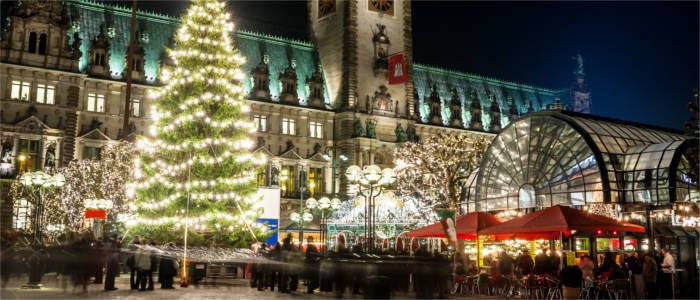
Activities - The perfect destination for water sports fans
Water sports fans definitely get their money's worth in Hamburg. The lakes and rivers offer excellent conditions for going rowing, sailing, fishing, diving, surfing, water skiing, canoeing, dragon boating and wakeboarding. Travellers can go bathing in about 13 outdoor swimming pools as well as numerous bathing lakes and natural pools in summer. Holidaymakers who prefer to be on rather than in the water should go on a harbour tour. A sightseeing flight over the city is equally breathtaking. In addition, there is a variety of indoor and outdoor activities on shore. Visitors can go cycling, explore the city on a walk or on a tour with a red double-decker bus, ride a quad, Segway or Hummer, climb or play paintball. The possibilities are unlimited.
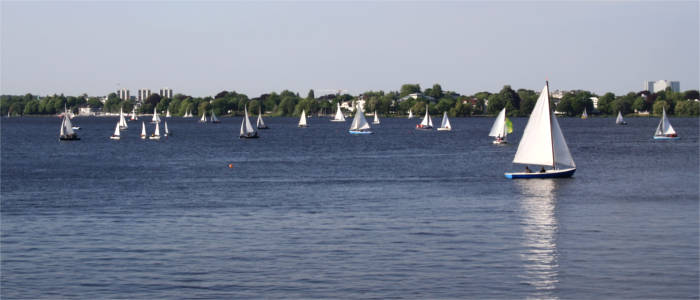
Information
Hamburg lies at an easily accessible national and international traffic hub. The city has its own international airport but it can also be reached by car, train and ship, via the North Sea or via the Elbe from the south. The public traffic network in Hamburg is very well developed, so that you can get from place to place by bus, S-Bahn or U-Bahn (underground). There is no perfect travel time because every season offers something special. No matter if the weather is bad or the sun shines, there is always a lot to see and do in Hamburg.
Whether you are a connoisseur, a party-goer, a culture enthusiast, a shopping fan or looking for relaxation - there is hardly anything Hamburg cannot offer. Visit one of the countless musicals or museums, stroll through HafenCity, go shopping in the city centre or party at night. Hamburg's inhabitants welcome you to their city.

